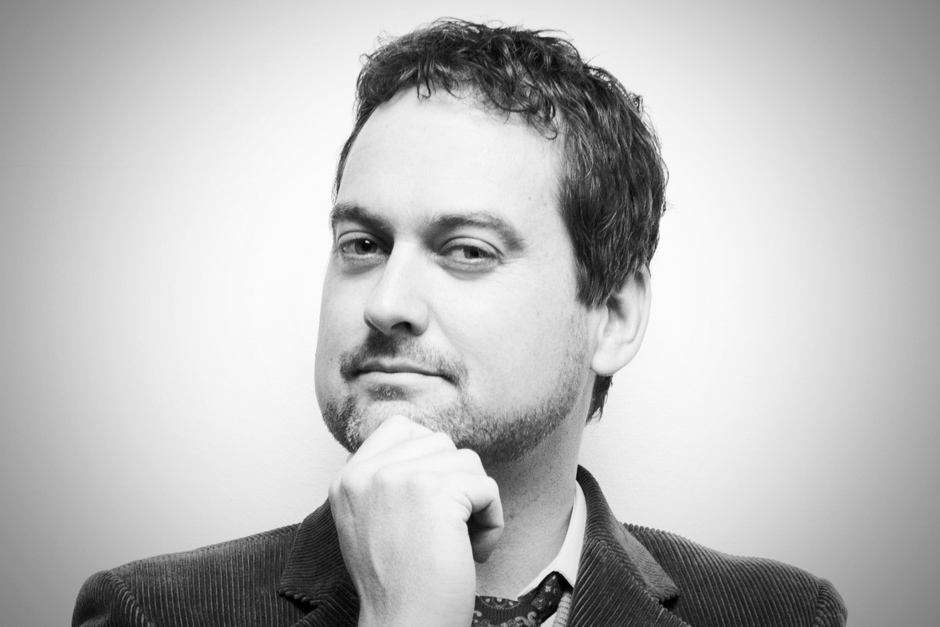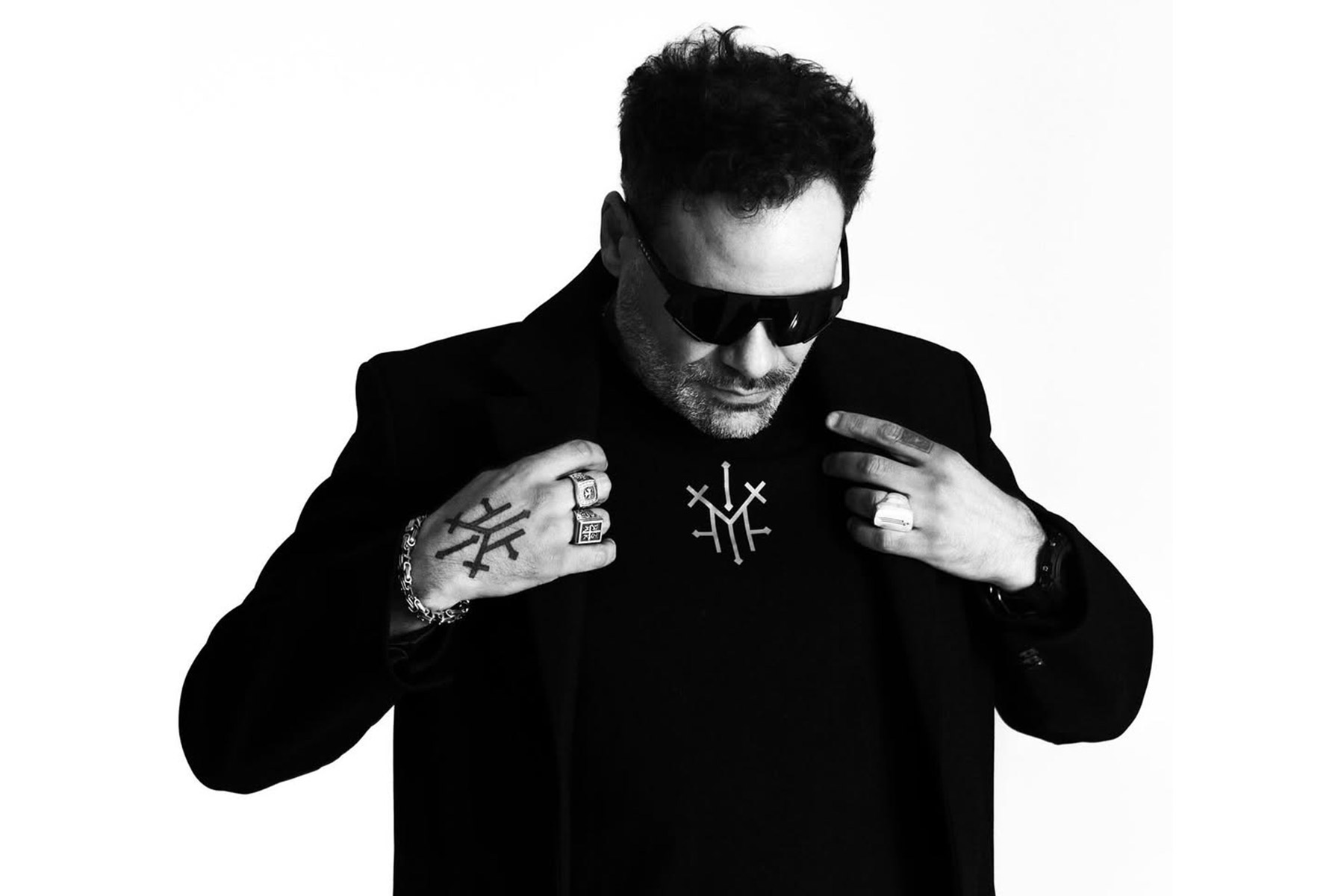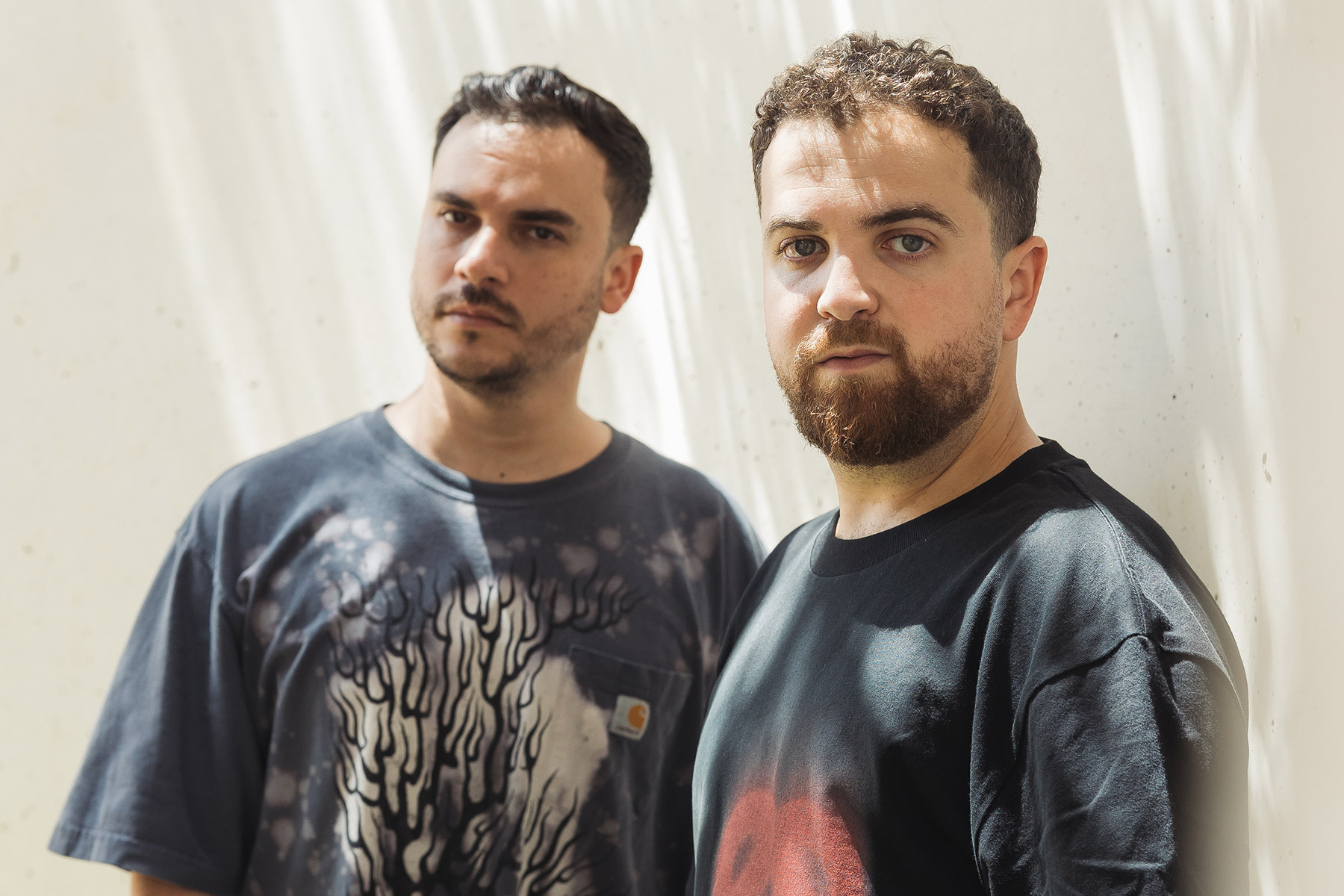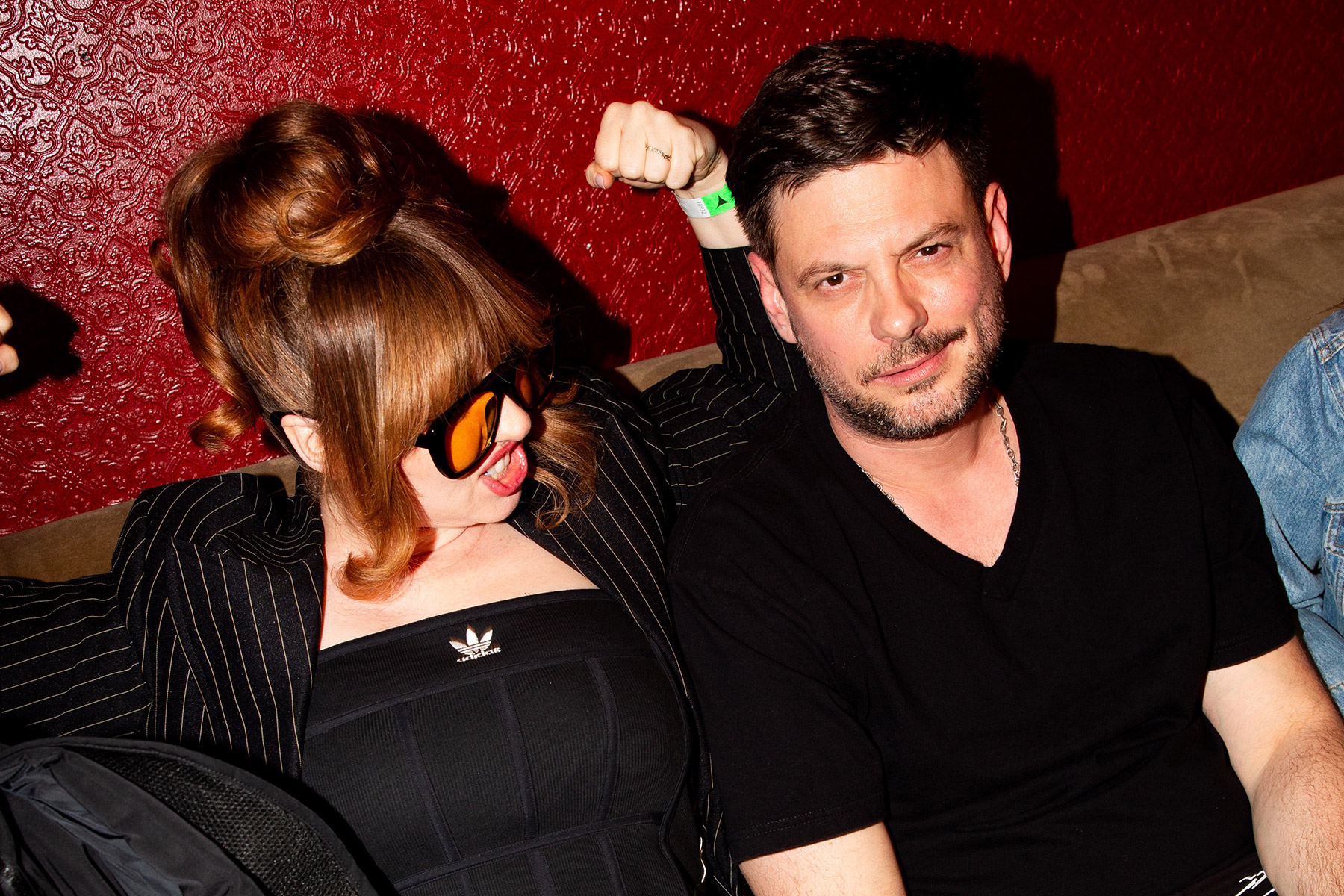The heart and soul of Jamie Stevens’ extensive body of work is his desire to deliver an individual experience, as he takes us on an excursion into the human psyche with each masterpiece. There are only a small number of composers within the electronic music realm that diligently share the same consistency, quality and humble nature of Jamie. This is Jamie’s key attribute that will continue to be the center-point of his growth as he confidently remains a major contributor, and role model, to the house and techno community on a global scale.
Now, Jamie makes a welcome and long overdue return to Bedrock with ‘The Beneficiary’ EP. In the words of Mr. Digweed: “Jamie Stevens is on fire right now.”
Electronic Groove: Hey Jamie, thanks for taking the time to speak with us today. Rewinding to the beginning of your journey, how did your childhood experiences develop your interest in music?
Jamie Stevens: Thanks so much for having me! My parents and big sister were big music consumers and we had a pretty large and varied vinyl collection but it took me a long while to really connect with a lot of that music. I think classical music and film scores were the first genres I ‘felt’. I didn’t really understand songs when I was young. Computer game music and electronic sounds came next and I started making my own tunes on a Commodore 64. I loved the game themes on the C64 as it triggered my imagination and from there it didn’t take long to discover Jean Michel Jarre, Vangelis, Mike Oldfield and music like that.
EG: You’ve just made your long overdue return to Bedrock with ‘The Beneficiary’ EP, tell us about this project?
Jamie Stevens: Well, it started off with me having ‘A Bird In The Hand’ sitting around for quite some time on in my projects folder. I returned to it, worked on it some more and when I spoke to my friend Mitch from microCastle, he suggested I contact John Digweed to see if he’d be interested in releasing it. I hesitated for a while, as I wasn’t sure if it was along the Bedrock lines, but after a few more months, I thought: “well, John can only say no”, so I sent it over. He replied to say he liked it and to leave it with him to try out in his sets. A couple of months later he said he definitely would like to release it and to send over a track for the ‘B-side’. I made ‘The Beneficiary’ for that very reason and it got approved straight away, which was awesome. When it came to naming the EP, I felt ‘The Beneficiary’ was a better name for the EP than ‘A Bird in the Hand’.
EG: When you started playing and creating music, was there a defining moment when you decided this is going to be my career?
Jamie Stevens: It was only ever really something I was passionate about as a hobby as I’d always wanted graphic design to be my career. It wasn’t until the act I was in (Infusion) got management and co-produced Adam Freeland’s first album in 2001, that it become clear that this could be a “real career”.
EG: When did Infusion become a key element in your life? And, for those who don’t know about this highly influential live act, what’s the story?
Jamie Stevens: In a nutshell, Infusion started as an electronica live act back in 1994. We played around Australia until 2002 when we started traveling overseas playing at fabric, Glastonbury, Coachella and many other clubs and festivals all over the world. We released some singles early on in the late 90’s that got played by Sasha, Digweed and Pete Tong. Around that time, playing big festivals in Australia like Big Day Out, Infusion became a serious focus in my life and then it took off from there after 2001.
“You let go and something else takes over, almost like an out-of-body experience. All artists in every discipline would experience this”
EG: You’ve been releasing music for two decades now, what were those early years like compared to how the scene is now?
Jamie Stevens: There are so many differences and we probably don’t have space to go into all of them, but one of the biggest differences is that you no longer have to justify to people that electronic music is a legitimate form of music. Back then electronica was very much on the fringes, particularly in Australia. Also, getting a release out took a lot of work – prepping vinyl masters, artwork, packaging, physical promo and distribution. These days it’s a far easier process.
EG: Do you find it easy to express your deepest emotions when you play and make music, or is this something that finds an outlet only in certain, special moments?
Jamie Stevens: I wouldn’t say it’s necessarily an “easy” process in the context of creativity, but it’s what I’m always looking to harness. To not overthink and go with instinct can take some time; finding that pocket where something magical happens. You let go and something else takes over, almost like an out-of-body experience. All artists in every discipline would experience this. Those are those moments you want to chase, but just like trying to recollect a dream when you wake, trying to chase those moments, results in losing your grasp. So yes, trying to let the process take its natural course always results in the most honest creations in the studio.
EG: Back in 2008 you created an exceptional remix of John Digweed’s ‘Warung Beach’ (BEDPPF10), and followed that with ‘Indigo’ on ‘Bedrock 14’ (BED14CD), how do you recall those key moments?
Jamie Stevens: I remember being quite elated that John asked me to remix his track, as I had been an admirer of his work and his DJing since I heard that first ‘Renaissance’ mix he did with Sasha when it came out back in late 1994. I also remember trying to be as creative as I could be and wondering if what I had done was perhaps a little too “out there”. Evidently not! When I sent ‘Indigo’ to John, I got some very useful constructive feedback from him, which was great and was thrilled when I sent the track and he said he’d like to release it on the ‘Bedrock 14’ compilation.
EG: You also collaborated with John Digweed & Nick Muir to create ‘Prism’ for their 2013 ‘Versus’ project. What was that experience like?
Jamie Stevens: I opened up my emails after returning from a DJ gig in Noumea (the capital of New Caledonia) and had to read it a few times to understand what it was that was being asked. It was a massive compliment to have John and Nick ask to write a track together. The process was incredibly straightforward as they had a rough sketch of a track comprising of about 5 elements and I was told to keep, add or delete anything I wanted. I was inspired by what they had done so I kept updating them as I went, getting their feedback and progressing along with it. I ended up finishing ‘Prism’ off in my studio.
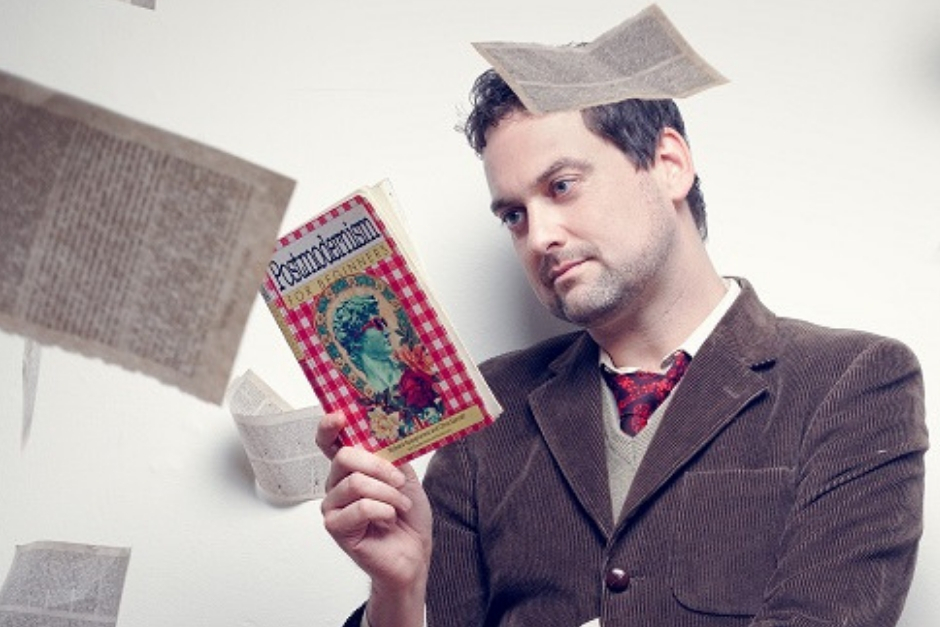
EG: Tell us something about the psychological effects of music that totally blows your mind?
Jamie Stevens: The most obvious one would be the impact of music on memory in people suffering from dementia. The connection between sound and memory is incredible and the fact it is one thing that can allow a person to reconnect with lost memories just astounds me. Our personal, emotional, connection to music is one of the most powerful aspects of the art form.
EG: Of all the music you’ve made over the years could you select 5 key tracks that give a snapshot of what Jamie Stevens is all about?
Jamie Stevens: Hmmm… that’s a hard one but I’ll try…
- Jamie Stevens – The Wonder of You [microCastle]
- Jamie Stevens – Blistered [Armadillo]
- Infusion- Daylight Hours [Sony/BMG]
- Jamie Stevens – The Beneficiary [Bedrock]
- Marc DePulse – Tailwind (Jamie Stevens Golden Return) [Einmusika]
I think all of these, in their own ways, explore my take on what I love about sound and music – atmosphere, hypnotic narrative, mixing old and new sound design, contemporary classical, and the energy of techno.
EG: What’s your studio set up like? Any favorite pieces of equipment that you can’t live without?
Jamie Stevens: I’m pretty much 100% “in the box” these days. I know my go-to plugins very well and manage to get what I need out of them. I love dissecting and twisting all kinds of audio within Ableton and using softsynths such as Logic’s Sculpture or Uh-e’s Zebra 2. Mixing-wise I can’t do without Sample Magic’s Magic AB for referencing and Slate Digital’s mixrack for EQing.
“To not overthink and go with instinct can take some time; finding that pocket where something magical happens”
EG: Having grown up through the evolution of the underground scene in Australia in general, and Melbourne in particular, what’s your assessment of things now? Is the scene healthy? What could improve it?
Jamie Stevens: Melbourne is certainly thriving at the moment. We have some great promoters, producers and DJs across so many genres down here. It feels like the scene back in 2004 only much bigger. I feel there is mutual support and friendly rivalry between producers, in particular, which is fantastic. Sydney is unfortunately dealing with politics but has still managed to, or perhaps due to the political issues, create a passionate scene in alternative venues and with incredibly dedicated promoters and talented artists who all seem to support each other.
EG: After this superb release for Bedrock, what new projects should we watch out for from you in 2019?
Jamie Stevens: I have an EP coming out on Beat & Path with a German Brigante remix, an EP I made with Luka Sambe coming out on Magician on Duty, and so many more works with Joe Miller which we must get around to finishing. At some point I’ll get stuck into the ever-elusive album.
-The Beneficiary- EP is already available on Bedrock. Get your copy here.

